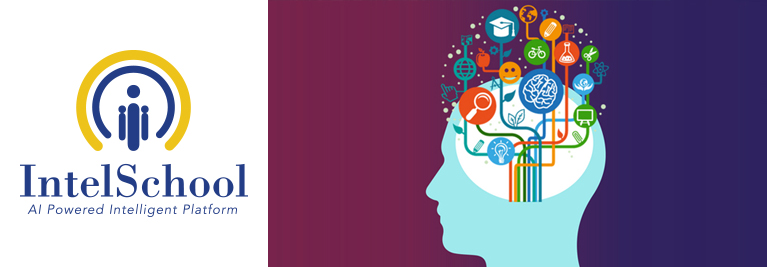Over the next decade, the demand for IT-based teaching and learning programs is predicted to grow exponentially. The new information technologies will offer a cost-effective means of providing seamless education in an economy that itself is increasingly knowledge-based. No matter what the response of traditional higher education institutions IT is all set to change both teaching and learning profoundly. In other words, it represents a fundamental change in the basic technology of education, just like the printing press did so many years ago.
New technology is a great opportunity for teachers and professors to grow in realms that were originally unthinkable. Technology is the biggest change in education we will ever visualize in the future. The potential benefits of IT in education have been weighed by policymakers, teachers, students and parents alike. As curricula increasingly incorporate technology and professors experiment with new teaching methods there are ongoing discussions about democratizing the classroom and engage students better through IT.
IT does come with several potentials in the field of education. The advantages of IT-based learning begin with its relative advantage against the inherent abilities of the faculty. It contributes to increased learning and productivity.
Economies of scale:
Large amounts of information can be accessed at low incremental costs.
Mass customization:
Faculties can accommodate individual differences in learning styles, capabilities and student goals to provide improved and convenient learning.
With the above, a modern industrial revolution adds up to a departure from the traditional model of education.
All the students don’t learn the same way and therefore, technology addresses various approaches to visual learning, reading, and writing through its interactive nature.
Classroom Management:
Information technology simplifies the management of classrooms to create and organize a virtual space that centralizes several courses in one place. Media, ebooks, documents, and quizzes can be automatically graded. Assignments can be submitted online, and grades can be uploaded in a single view.
Additionally, the system provides opportunities to compose documents, share information, send messages, chat and much more.
Accessibility:
The better the accessibility, the wider the participation. Connected learning opens up avenues for students who otherwise would not participate in educational settings primarily due to financial limitations. Students being home-schooled, working adults and even parents taking care of their children can earn degrees and diplomas right from their homes or when they are traveling. Non-traditional students get a chance to go back to school to improve their current status at much lower costs than brick and mortar institutions.
Assessment:
Information technology redefines how to judge students once they have reached their objective. Institutions can monitor students’ development over time by looking at broader collections of student work compiled in student ePortfolios.
The usage of online software enhances the assessment of specific skills when the program compares semantics and provides particular feedback about redundancy, irrelevance, etc, thus providing a complete assessment of the students’ academic competence. The software also offers feedback specifically focused on the individual.
Conclusively, IT makes teaching and learning both more out-come oriented because of its capacity to focus on individual assessments. Subjects like foreign languages, math, and writing, where results can be easily delineated, are the areas that have made the most inroads with IT.
Speak with consultants at IntelSchool to create adaptive technologies to modernize education and create new avenues of educational accessibility.



